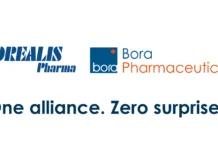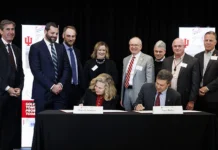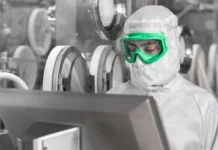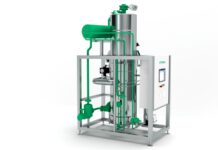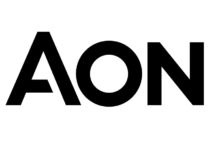With a focus on Adeno-Associated Virus (AAV), the worldwide market for Contract Development and Manufacturing Organizations (CDMMOs) that biomanufacture cell and gene therapies has shown spectacular development, estimated to reach $0.2313 billion in 2022. Based on projections, this market is expected to reach a remarkable $2.566 billion by 2033, with a notable Compound Annual Growth Rate (CAGR) of 24.61% over the 2023–2033 forecast period.
This growth is mainly due to the increasing clinical activities associated with gene therapies based on viral vectors, as well as the significant expenditures made by CDMOs to improve the manufacture of viral vectors and research into gene therapies.
With an emphasis on AAV, the worldwide market for cell and gene therapy biomanufacturing CDMOs is now in a growing stage. AAV-based gene treatments have attracted a lot of interest because of its potential to treat a variety of hereditary illnesses and abnormalities. Working together, treatment developers and CDMOs can accelerate the release of state-of-the-art AAV-based therapeutics. Developers may expedite production and time-to-market for these medicines by focusing on research and clinical operations while outsourcing manufacture to CDMOs. Significant expenditures on R&D contribute to the field’s progress even further.
However, difficulties include maintaining scalability and strict quality control requirements in the face of rising demand for AAV-based treatments. Price pressure brought on by increased competition may have an effect on CDMO profit margins.
With an emphasis on AAV, the worldwide market for cell and gene therapy biomanufacturing CDMOs is expected to rise at a rapid pace due to factors including increased clinical activity, increased demand for AAV-specific CDMOs, and partnerships between treatment developers and CDMOs. Both sides stand to gain from these partnerships’ ability to hasten the commercialization of AAV-based treatments. Price pressure might arise from increased competition brought on by the introduction of new competitors. Technological developments in AAV biomanufacturing may simplify procedures and provide a competitive advantage to CDMOs who use these technologies.
The market for cell and gene therapy biomanufacturing CDMOs was disrupted by the COVID-19 pandemic, which had an impact on clinical trials, manufacturing schedules, and operations. The state of the economy affected choices about financing and investments, which might hinder the growth of CDMOs and advancements in technology. Modifications and delays were also experienced by regulatory procedures. But as things settle down, the sector should bounce back and propel improvements in AAV-based treatments.
Based on development stages, processes, indications, cultural kinds, and geographic areas, the market is divided into segments. Increased efforts in viral-vector-based gene treatments, new entrants into the market, and substantial CDMO expenditures are some of the motivators. Limitations include high production costs for new CDMOs and restrictions in large-scale AAV biomanufacturing techniques. The creation of cooperative AAV biomanufacturing facilities presents opportunities.
Among the major industry participants influencing the development of the cell and gene therapy biomanufacturing CDMO market are AGC Biologics, Charles River Laboratories, Catalent, Danaher (Cytiva), Lonza, and Merck KGaA. A focus is placed on AAV. To satisfy the growing demand for AAV treatments as the industry develops, CDMOs must make investments in compliance and technology. This strong demand transforms patient care while providing CDMOs with growth and worldwide development prospects.






